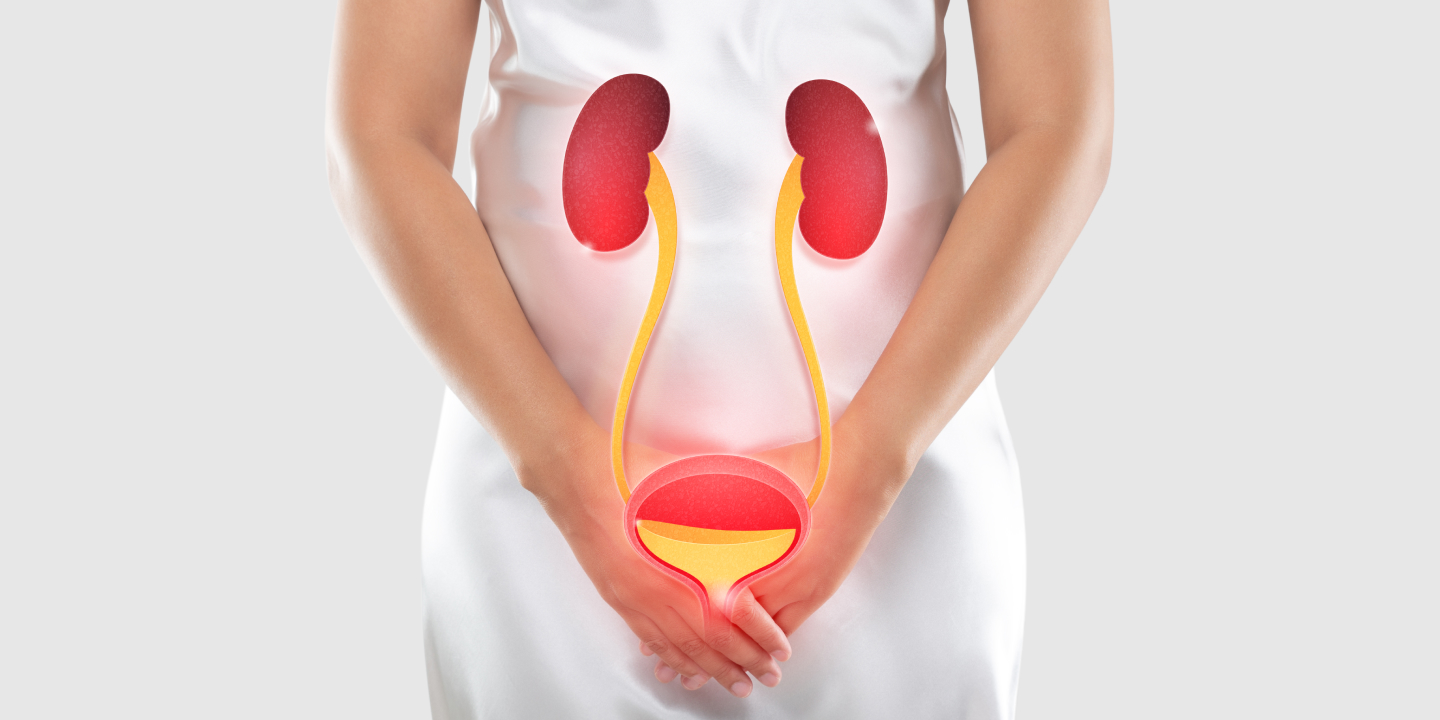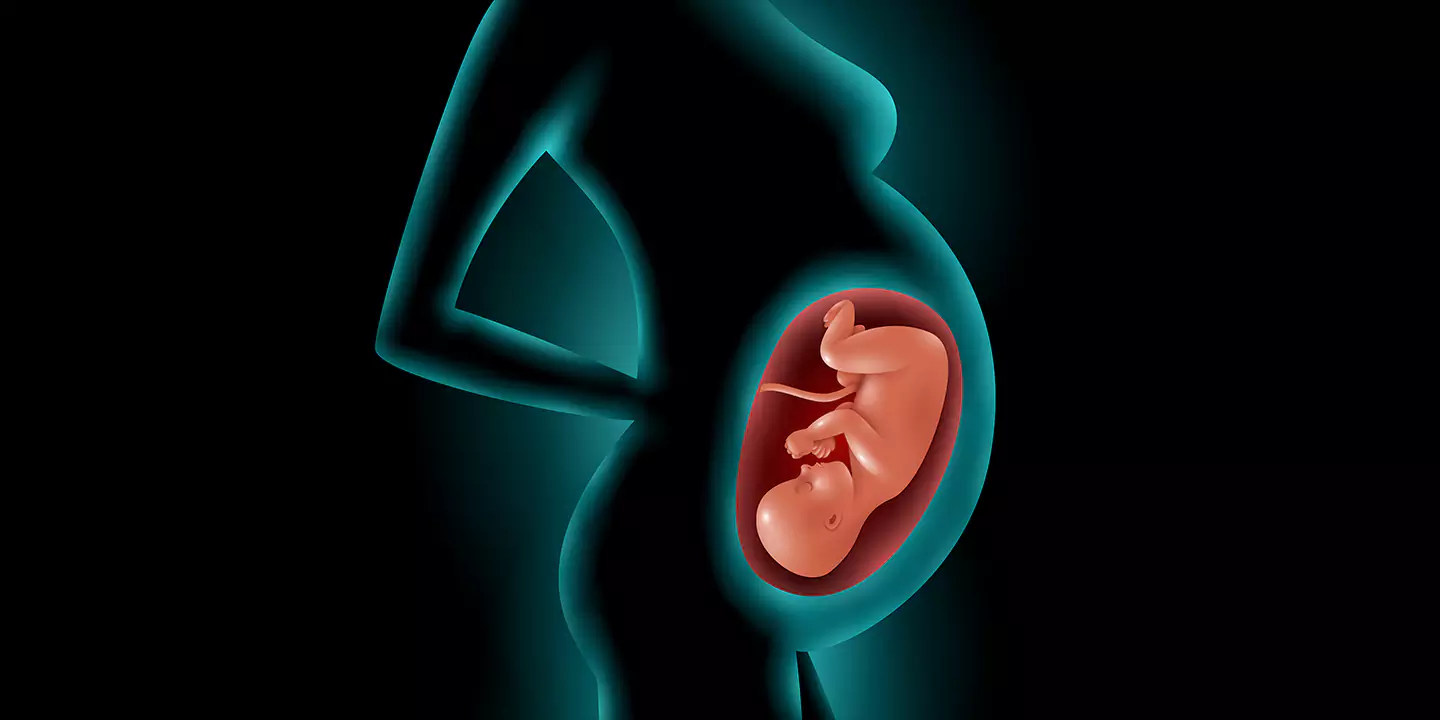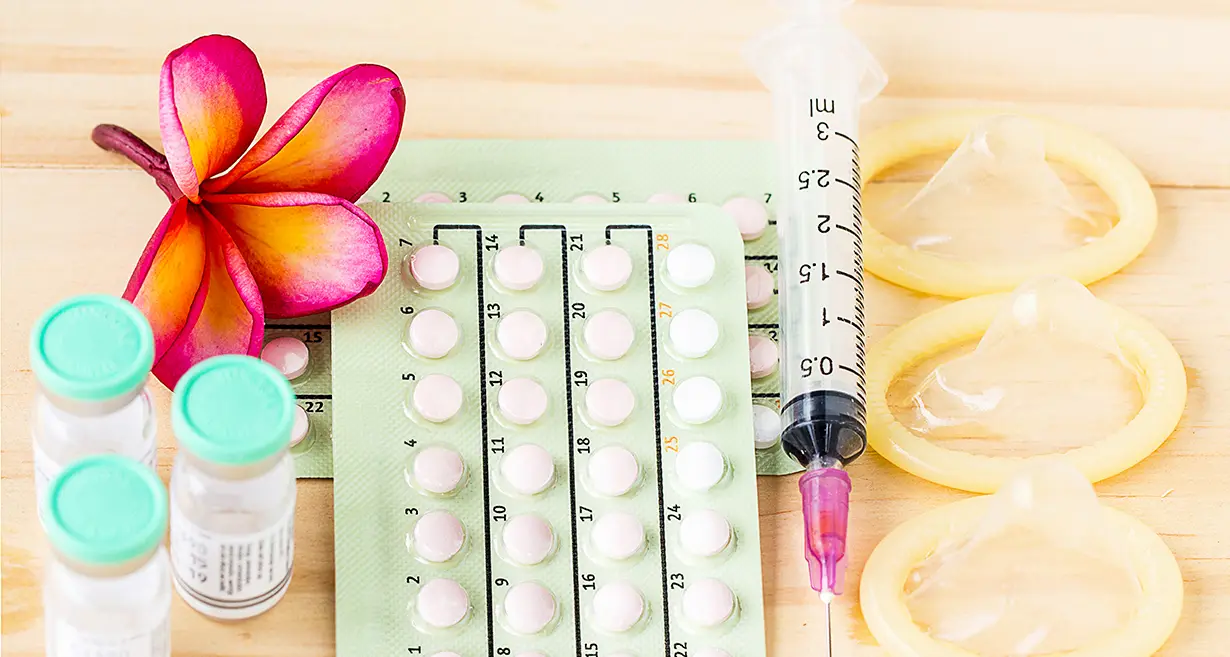
Hello and welcome to week 34 of your amazing pregnancy journey. You’re undoubtedly experiencing a combination of exhilaration and suspense as you near the finish line. In this blog, we’ll deep dive into your baby’s amazing development, examine the symptoms, and provide helpful advice. Let’s set out on this adventure together to learn more about what occurs during the 34th week of pregnancy.
Related Blog: 33 Week Pregnant: Symptoms, Tips, And Baby Development
In this Article
34 Week Pregnant – Baby Development
Your pregnancy is now in its 34th week, and your baby is still growing and developing in amazing ways:
- Size: Your child is between 17 and 19 inches long from top to toe and weighs between 4.5 and 5 pounds.
- Brain: Baby’s brain is rapidly growing in neural connections and experiencing major development.
- Immune System: Your baby’s immune system is strengthened by the vital antibodies you are giving them.
- Bone Development: Their skull is still fairly malleable to let them get through the birth canal even though most of their bones are hardening.
- Senses: Senses are becoming more acute, and they can now distinguish from light to dark, as well as hear your voice.
- Movement: Despite the constrained area, your baby is still moving, with kicking, rolling, and stretches growing increasingly noticeable.
- Head Position: Many infants fall into the head-down position as they prepare for the ideal birthing posture.
Related Blog: 32 Week Pregnant: Symptoms, Tips, and Baby Development
34 Week Pregnant Is How Many Months?
You’re in the eighth month of your pregnancy at 34 weeks pregnant and getting close to delivery. The length of a pregnancy is expressed in gestational weeks, with every month typically lasting 4.3 weeks. You are therefore far into your eighth month as you reach this milestone and just have a few weeks left.
You’re probably highly aware of your baby’s movements by this point. Expect strong kicks, turns, and stretches to become more noticeable, much like at 23 weeks. Observing these developments is not only intriguing but also comforting since it shows that your baby is still doing well as you near the end of your pregnancy.
Related Blog: 8 Surprising Things Unborn Babies Usually Do In The Womb
34 Weeks Pregnant Symptoms
It’s an amazing trip to reach week 34 of pregnancy, but it’s not without its share of unusual symptoms.
Exhaustion: Fatigue might strike strong around 34 weeks. You can feel exhausted due to the extra weight that you’re bearing and the physical effort.
Breathlessness: Drawing a deep breath may be difficult when your baby presses on your diaphragm.
Urinating frequently: As your baby develops, your bladder’s capacity will decrease. Expect to use the loo frequently.
Back pain: Your spine is being compressed more and more, which causes back pain. Back support and good posture might be beneficial.
Edoema: Swelling, is a common condition that affects the hands, ankles, and sometimes feet.
Braxton Hicks Contractions: Your body is getting ready for labour by going through these practice contractions.
Pelvic Pressure: You may experience additional stress in the pelvic region as your baby moves towards the delivery position.
Insomnia: Pain and frequent trips to the toilet might make getting a good night’s sleep difficult.
Heartburn: Heartburn can be brought on by pressure on your abdomen. Smaller, more frequent meals can be beneficial.
Vaginal Discharge: As your body gets ready for labour, a heavy, mucus-like discharge is usual.
Related Blog: 31 Week Pregnant: Symptoms, Tips, and Baby Development
Tips For 34 Week Pregnant
Here are some advice for pregnant women who are 34 weeks along:
- In order to prevent oedema and dehydration, drink lots of water.
- Keep a close watch on the baby’s movements; notify your healthcare practitioner if anything unusual happens.
- Set sleep as a top priority and indulge in short naps to combat weariness.
- Pack your basics, including baby supplies, in your hospital bag.
- Keep eating healthy and pay attention to what’s good for both you and your unborn child.
- Find relaxing methods that are effective for you, like deep breathing or pregnant yoga.
- Attend all of your scheduled prenatal visits.
- If your baby is breech, talk about your choices with your doctor.
- To get emotional and practical assistance, rely on your support system
Takeaway
Your baby is about the size of a melon, gaining weight, and getting ready for the outside world as you near the end of your pregnancy. Discomfort from your own body, like backache, inflammation, and Braxton Hicks contractions, is possible. It’s important to drink enough water, eat a healthy diet, and pay attention to your baby’s movements. As you get ready for the visitor’s arrival, pay particular attention to self-care, which includes rest and relaxation methods. For a safe transition to parenthood, keep going to prenatal checkups and put your faith in the care of experts like Queen’s Gynecology.
Summary
Your baby is almost ready to enter the world at 34 weeks of your pregnancy. Even though you could endure difficulties like swelling and pain, it’s crucial to take care of yourself, stay hydrated, and keep an eye on your baby’s movements. Relaxation and getting ready for the arrival should come first. It’s essential to have regular prenatal checkups to ensure a seamless transition to parenthood. For additional peace of mind, remember to talk about the birth plan with the doctor.
| Week | Pregnancy Symptoms | Tips and Advice | Baby Development |
|---|---|---|---|
| Week 1 | – Missed period | – Take a home pregnancy test | – Fertilization occurs |
| Week 2 | – Tender breasts | – Begin taking prenatal vitamins | – Blastocyst implants in the uterus |
| Week 3 | – Fatigue | – Schedule your first prenatal visit | – Embryonic development begins |
| Week 4 | – Morning sickness starts | – Avoid alcohol, smoking, and caffeine | – Neural tube forms |
| Week 5 | – Increased urination | – Eat a balanced diet | – Heart starts beating |
| Week 6 | – Mood swings | – Stay hydrated | – Brain and head development |
| Week 7 | – Constipation | – Start gentle exercise | – Limb buds form |
| Week 8 | – Food cravings | – Get plenty of rest | – Webbed fingers and toes develop |
| Week 9 | – Weight gain begins | – Avoid raw or undercooked foods | – Tail disappears, now considered a fetus |
| Week 10 | – Visible baby bump | – Wear comfortable clothing | – Organs continue to develop |
| Week 11 | – Darkened areolas | – Practice relaxation techniques | – Baby can swallow and produce urine |
| Week 12 | – Reduced nausea | – Consider prenatal classes | – Sex organs distinguishable |
| Week 13 | – Increased energy | – Continue regular check-ups | – Baby’s fingerprints form |
| Week 14 | – Less frequent urination | – Plan for maternity leave | – Baby’s facial muscles develop |
| Week 15 | – Quickening (baby moves) | – Do pelvic floor exercises | – Baby can make facial expressions |
| Week 16 | – Round ligament pain | – Stay active with low-impact exercises | – Develops sense of hearing |
| Week 17 | – Nasal congestion | – Consider a prenatal massage | – Baby’s skeleton starts hardening |
| Week 18 | – Belly button changes | – Stay well-hydrated | – Vernix caseosa covers the skin |
| Week 19 | – Braxton Hicks contractions | – Eat small, frequent meals | – Baby’s kicks become stronger |
| 20 | – Leg cramps | – Begin monitoring baby’s movements | – Baby is covered in lanugo (fine hair) |
| Week 21 | – Shortness of breath | – Sleep on your side | – Eyebrows and eyelashes appear |
| Week 22 | – Linea nigra (skin darkens) | – Practice relaxation techniques | – Rapid brain development |
| Week 23 | – Backache | – Consider prenatal yoga or swimming | – Baby can recognize your voice |
| Week 24 | – Swollen ankles | – Elevate feet when sitting or lying | – Lungs continue to mature |
| Week 25 | – Increased appetite | – Continue regular prenatal check-ups | – Baby may respond to loud noises |
| Week 26 | – Heartburn | – Sleep with extra pillows for support | – Eyes open for the first time |
| Week 27 | – Braxton Hicks intensify | – Pack your hospital bag | – Baby can hiccup |
| Week 28 | – Trouble sleeping | – Monitor blood pressure | – Baby’s kicks become more regular |
| Week 29 | – Shortness of breath | – Avoid lifting heavy objects | – Baby’s bones fully developed |
| Week 30 | – Swollen hands | – Stay hydrated and avoid salt | – Baby may be head-down in preparation for birth |
| Week 31 | – Increased vaginal discharge | – Take childbirth classes | – Baby’s immune system develops |
| Week 32 | – Hemorrhoids | – Practice perineal massage | – Baby’s toenails and fingernails grow |
| Week 33 | – Trouble finding a comfortable position to sleep | – Rest and nap when possible | – Baby’s bones start to harden further |
| Week 34 | – Frequent urination | – Prepare for maternity leave | – Baby’s central nervous system matures |
| Week 35 | – Braxton Hicks increase | – Avoid prolonged standing or sitting | – Baby’s skin becomes less wrinkled |
| Week 36 | – Pelvic pressure | – Finalize birth plan | – Baby continues to gain weight |
| Week 37 | – Lightening (baby drops) | – Stay active with walking | – Baby’s head positions for birth |
| Week 38 | – Fatigue increases | – Do pelvic exercises | – Baby’s lungs are fully mature |
| Week 39 | – Cervix effacement | – Rest and conserve energy | – Baby’s immune system continues to develop |
| Week 40 | – Contractions begin | – Monitor contractions | – Baby’s digestive system is ready for breast milk |
| Week 41 | – Dilation of cervix | – Stay calm and patient during labor | – Baby’s head molds to fit through the birth canal |

























































































































































































